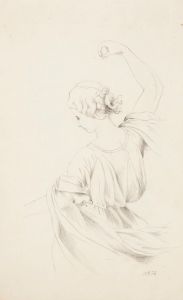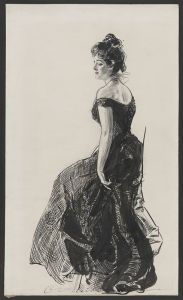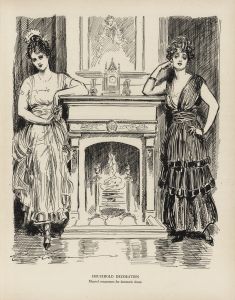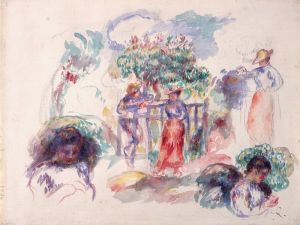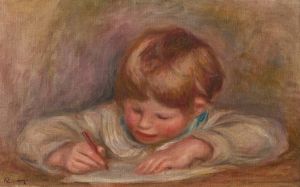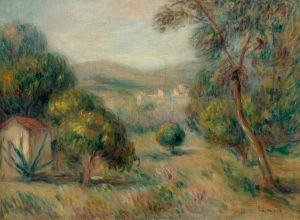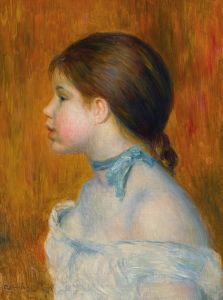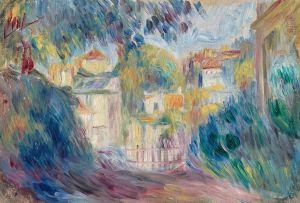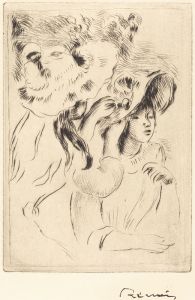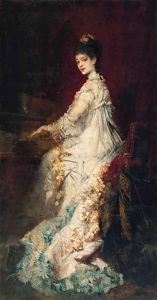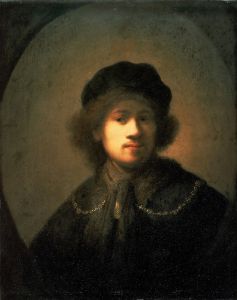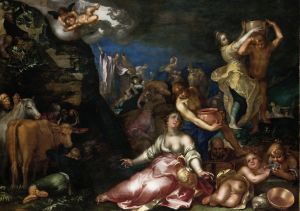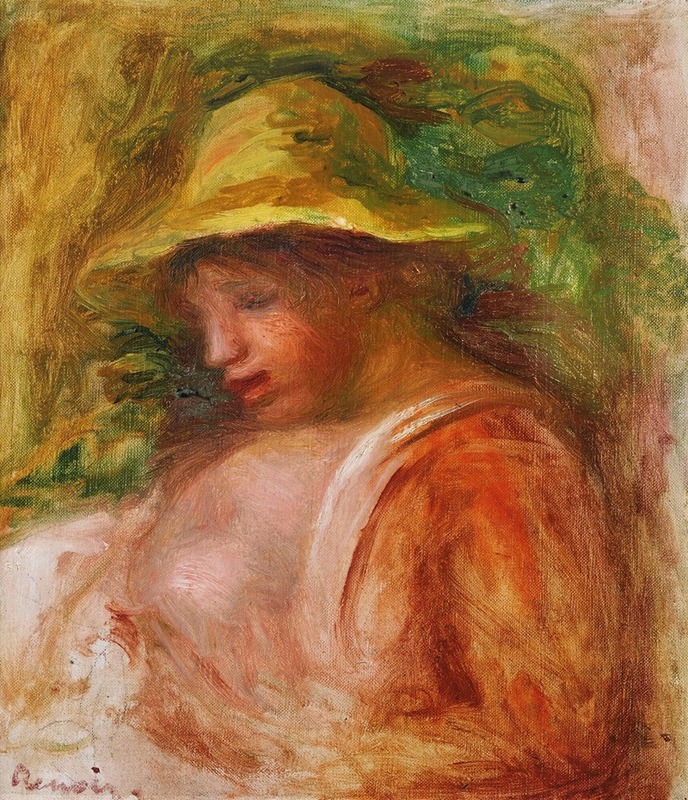
Femme Au Chapeau
A hand-painted replica of Pierre-Auguste Renoir’s masterpiece Femme Au Chapeau, meticulously crafted by professional artists to capture the true essence of the original. Each piece is created with museum-quality canvas and rare mineral pigments, carefully painted by experienced artists with delicate brushstrokes and rich, layered colors to perfectly recreate the texture of the original artwork. Unlike machine-printed reproductions, this hand-painted version brings the painting to life, infused with the artist’s emotions and skill in every stroke. Whether for personal collection or home decoration, it instantly elevates the artistic atmosphere of any space.
"Femme Au Chapeau" is a painting by the renowned French artist Pierre-Auguste Renoir, a leading figure in the Impressionist movement. Renoir, born on February 25, 1841, in Limoges, France, is celebrated for his vibrant light and saturated color, often focusing on people in intimate and candid compositions. His works are noted for their beauty, sensuality, and depiction of light.
"Femme Au Chapeau," which translates to "Woman with a Hat," is one of Renoir's many explorations of portraiture, a genre he frequently revisited throughout his career. While specific details about this particular painting, such as its creation date and the identity of the sitter, are not widely documented, it exemplifies Renoir's skill in capturing the subtleties of human expression and the elegance of fashion, which were recurrent themes in his work.
Renoir's portraits often feature women, reflecting the social and cultural milieu of late 19th-century France. The depiction of women in fashionable attire, such as hats, was a common motif, as it allowed Renoir to explore the interplay of textures and colors. Hats, in particular, were significant fashion accessories during this period, symbolizing social status and personal style. Renoir's attention to detail in rendering fabrics and accessories highlights his interest in the material culture of his time.
The Impressionist movement, which Renoir was a part of, emerged in the late 19th century as a reaction against the rigid conventions of academic art. Impressionists sought to capture the effects of light and atmosphere, often painting en plein air (outdoors) to achieve a sense of immediacy and spontaneity. Renoir, alongside contemporaries such as Claude Monet, Edgar Degas, and Camille Pissarro, participated in several Impressionist exhibitions, which were pivotal in gaining recognition for the movement.
Renoir's technique in "Femme Au Chapeau" would likely involve loose brushwork and a vibrant palette, characteristic of his mature style. His ability to convey the softness of skin and the shimmer of fabrics would be evident, showcasing his mastery in rendering the human form and its surroundings. The painting would reflect Renoir's interest in capturing fleeting moments and the ephemeral qualities of light, aligning with the broader goals of the Impressionist movement.
Throughout his career, Renoir's work evolved, and he experimented with different styles and techniques. Despite facing health challenges later in life, including severe arthritis, he continued to paint, adapting his methods to accommodate his physical limitations. Renoir's legacy endures through his extensive body of work, which continues to be celebrated for its beauty and innovation.
While specific information about "Femme Au Chapeau" may be limited, the painting remains a testament to Renoir's enduring fascination with the human figure and his ability to capture the essence of his subjects with warmth and sensitivity. His contributions to art have left an indelible mark on the history of painting, influencing generations of artists who followed.






